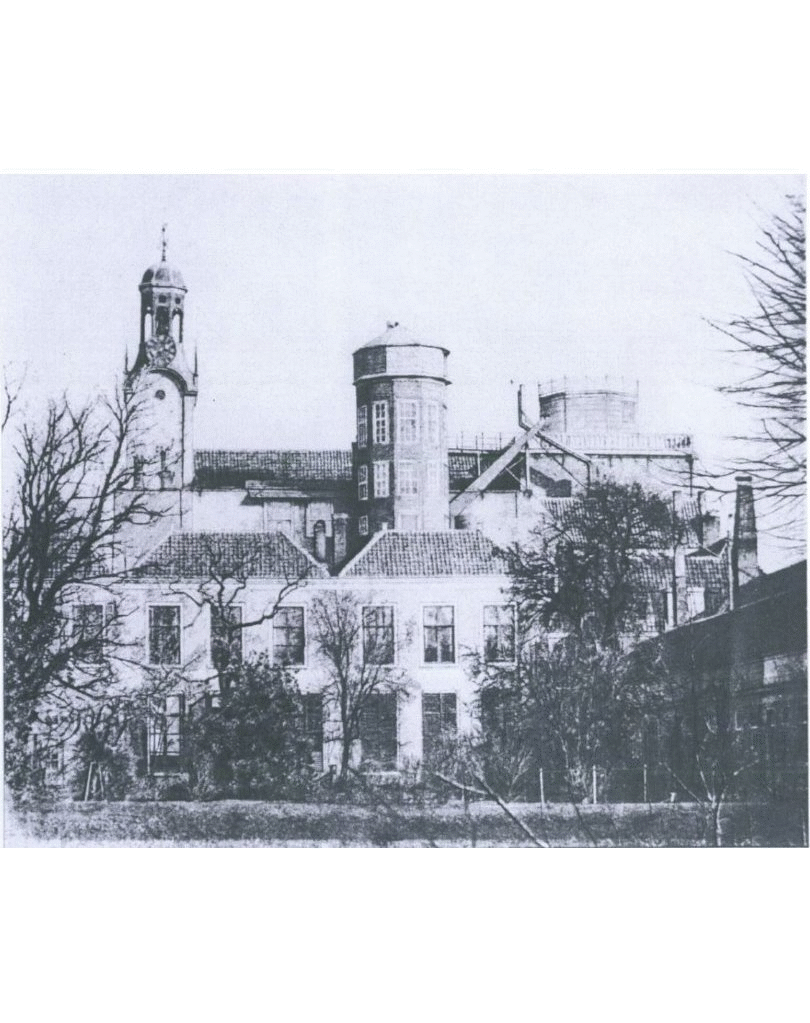Daily Image
06-07-2018Frederik Kaiser, a nearly forgotten Dutch astronomy legend
| Submitter: | Arno Schoenmakers |
| Description: | A short while ago I was invited to celebrate the 25th anniversary of the Leidsch Astronomisch Dispuut `F. Kaiser' that I started with some fellow students in 1993. Being there, in the beautifully renovated old Leiden Observatory, I was reminded again of the remarkable Dutch astronomers that laid the basis for our current high quality of astronomical science. Here at ASTRON, for instance, we are all familiar with famous Dutch astronomers J.H. Oort and H. van der Hulst, who stood at the birth of Dutch radio astronomy and thus of ASTRON. But there were others as well. One of them is not well known, but certainly has gained the right to stand in the gallery of Dutch astronomy legends. That person is Frederik Kaiser (1808-1872). He is the namesake of the Dispuut we founded 25 years ago, and for a good reason. Kaiser, when only 18 years old, was hired as "Observator" at the Leiden Observatory. He made quite an impression by his precise work and his early publications, among which a famous paper on the orbit of Halley's comet in 1835. Soon, he was promoted to both, Lector in Astronomy and Director of Leiden Observatory. This was in 1837, when Kaiser was only 29 years old. His life mission: lift Leiden Observatory to a standard where it could compete internationally. In 1837, the Observatory was still situated on the top floor of the Academy building in Leiden (a former monastery, see picture), which was definitely not a great place for accurate telescopes. He started out with some structural improvements, but soon found out that he had reached the limits of what was achievable in that location. Kaiser's main interest was in the accurate measurements of stellar positions, and for that a very stable environment is vital. Thanks to a successful political lobby, he was finally able to secure adequate funding to build a whole new Observatory on a piece of the botanical gardens in Leiden. This new building was finished in 1860, and was completed with several new instruments for accurate stellar position measurement. Kaiser, in the meantime, excelled in developing methods to properly account for observational errors in his position measurements, and was able to produce the most accurate positions of that day. This achievement and his talent were internationally widely recognized and Kaiser was therefore the first internationally renowned Dutch astronomer. Many of his colleagues visited him in Leiden, to learn his accurate methods for observing stellar positions. After his death in 1872, Leiden Observatory continued playing a very visible role in international astronomy. As such, Kaiser laid the foundation for Dutch astronomy, a foundation solid enough to enable famous successors, such as De Sitter and later Oort, to flourish. The building itself was beautifully renovated a few years ago (see picture) and still houses several of the original instruments in working order; others can be found in museum Boerhaave in Leiden, which certainly deserves a visit as well. |
| Copyright: | ASTRON |
| Tweet |  |
